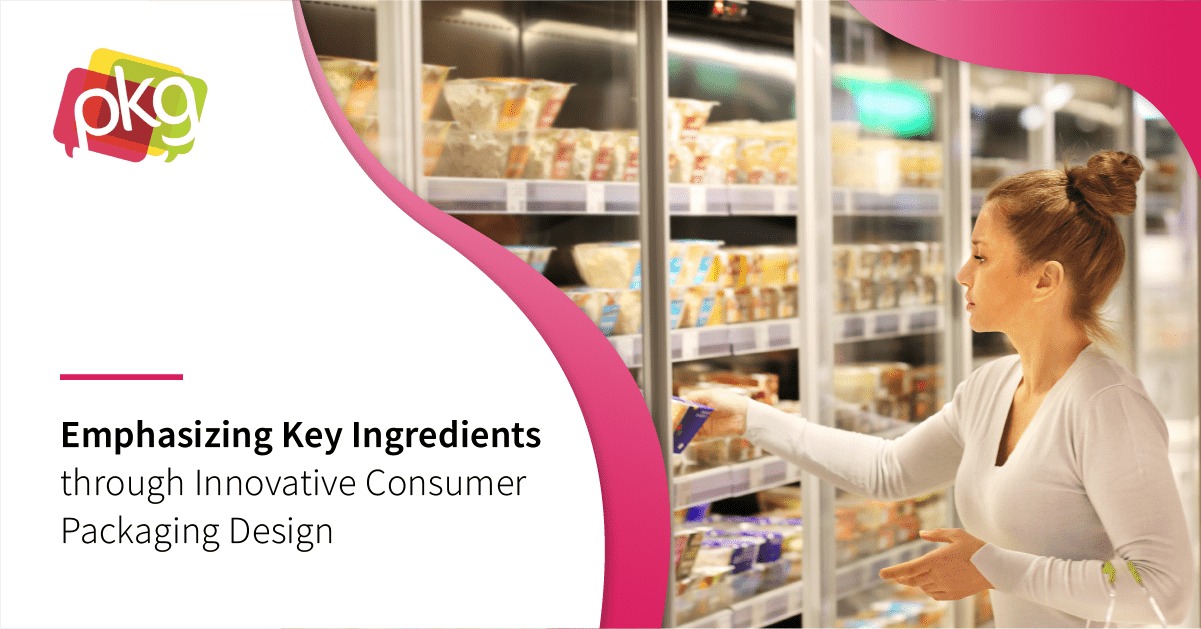With all the media attention given to the young adult Millennial generation, it is easy to forget that Baby Boomers still make up nearly one-quarter of the US population. That means they still buy a lot of groceries.
 Do not stereotype Baby Boomers. They have a way of confounding expectations of marketers.
Do not stereotype Baby Boomers. They have a way of confounding expectations of marketers.
Baby Boomers and Millennials, when it comes down to it, have more in common than they do separating them, but there are important differences between the generations. Food packaging design that targets Millennials may not resonate as well with Baby Boomers, and vice versa. Here are some things food manufacturers and marketers should keep in mind when creating food packaging design for Baby Boomers.
Key Descriptors of Baby Boom Shoppers
Loyalty marketing research firm Colloquy described ten key features of Baby Boomers in terms of shopping:
- They are demanding, expecting clean stores that offer good service and hassle-free returns.
- They do not think of shopping as a way to relax, though younger age groups do.
- They expect stores to be located where they are easy to access and for interiors to be easy to navigate.
- Experience has given them a keen idea of how much items “normally” cost.
- They are confident and do not rely on family or friends to help them choose products.
- They would rather shop in-store than online.
- Boomers are far less likely to browse stores for new products than are Millennials.
- They are not attached to the brands they used growing up.
- Popularity is more influential with Boomers when purchasing something new.
- They choose loyalty programs for thrifty and economical reasons.
Practicality Is an Important Quality for Baby Boomers
It is not that other generations are impractical, but the needs of older adults may differ considerably from their counterparts in their 30s. Boomers are probably cooking for one or two people, instead of an entire family, so smaller portions make more sense for them. Moreover, the ease of opening containers becomes increasingly important as grip strength declines and there are fewer family members handy to help out with opening a jar of pickles, for example.
Packages that can be resealed are also appealing to Baby Boomers because it is less likely an entire container will be consumed at once. Food packaging design that prioritizes practicality appeals to everyone, and perhaps to Boomers even more than other generations.
 Packaging innovations can be tremendously appealing to the more mature consumer.
Packaging innovations can be tremendously appealing to the more mature consumer.
Differences and Similarities Between Baby Boom Shoppers and Millennial Shoppers
A 2017 survey by the International Food Information Council Foundation reported that Baby Boomers were likelier to reduce their consumption of foods high in saturated fats when compared to Millennials. They are also more likely to cut down on high-salt foods and replace full-fat dairy products with lower- or no-fat alternatives than Millennials are.
One myth the survey dispelled is that people’s taste preferences change with age. Older adults may want foods that have particular health benefits, but that does not mean they will willingly give up flavor. Some food manufacturers with an eye toward satisfying Baby Boomer needs are even developing new methods of fortifying cereals without affecting taste or texture. Such products are expected to appeal to older adults who want more fiber while enjoying products they have liked for years.
Do Not Forget Other Generations in the Focus on Millennials
Media attention to the Millennial generation is only natural, since they are emerging as the largest consumer demographic, and there is much to learn from these adults who are considered “digital natives.” But Baby Boomers still make up a sizeable chunk of the population, and they wield considerable financial power in the supermarket. Brands and food packaging designs that speak to the needs of Millennials to the exclusion of older adults may be selling themselves short.
There is plenty of overlap between the products Millennials want and those older people want, but attempting to create products and develop food packaging designs to please everyone can be just as short-sighted as aiming solely at a single consumer demographic. With both Boomers and Millennials representing large proportions of the American consumer population, product and food packaging designers will have to strike a careful balance that appeals broadly, yet resonates with issues most important to different age groups. It will not be easy, but the brands that succeed will have a significant advantage.
PKG Branding is always on the forefront of these new marketing initiatives - to read more, please subscribe to our blog to always be current on the latest packaging design industry news.
 |
 |







